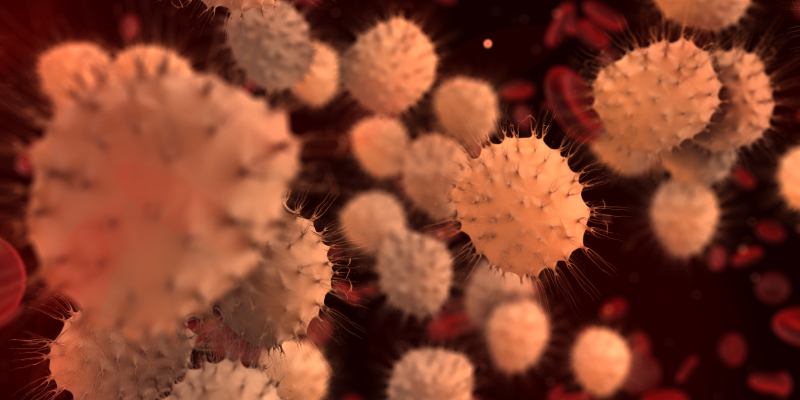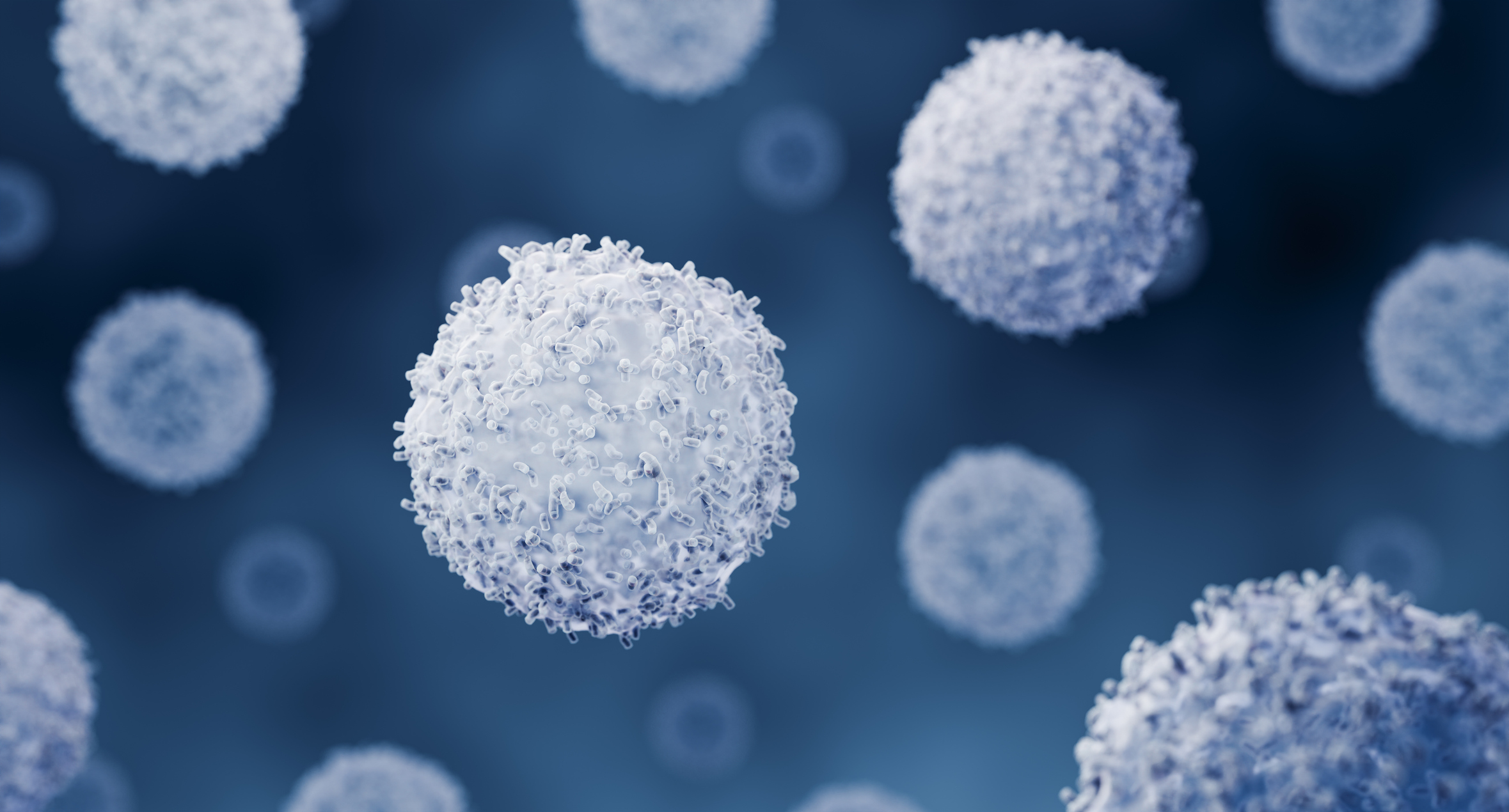
Current knowledge surrounding secondary T-cell lymphomas following chimeric antigen receptor (CAR) T-cell therapies was assessed in a recent review article co-authored by Dr. Jingqiong Hu of Huazhong University of Science and Technology in Wuhan, China, and Dr. Cynthia Dunbar of the National Heart, Lung, and Blood Institute in Bethesda, Maryland. Their article was published in Blood.
The authors described that strong interest arose in this clinical topic following a November 2023 statement from the US Food and Drug Administration regarding incidence of secondary T-cell lymphomas in patients who had undergone CAR T-cell therapies for B-cell malignancies. A research gap existed in this area regarding whether CAR retroviral or lentiviral vector genomic insertions were involved in the development of these secondary malignancies.
Three cases have been published since then whose data support the presence of clonal CAR vector insertions in cells of the secondary tumors. However, the authors of the new review article argue that these cases do not provide sufficient evidence that such insertions are involved in the emergence of secondary malignances, highlighting that vector insertions have been absent from tumor cells in several other cases.
The review co-authors also add that “epidemiologic analyses as well as institutional long-term CAR-T recipient cohort studies provide important additional information suggesting the risk of T-cell lymphomas following CAR-T therapies is extremely low.”
As the co-authors summarize the currently available research, they argue that mature T-cells have little susceptibility to insertional oncogenesis and that natural HIV infection leads to virtually no observed T-cell transformation.
They propose and discuss that causes other than insertional mutagenesis, namely clonal hematopoiesis and immune dysfunction, are larger factors behind secondary malignancy development following CAR T-cell therapy.
Reference
Hu J, Dunbar CE. T-Cell Lymphomas in Recipients of CAR-T Cells: Assessing Risks and Causalities. Blood. 2024. doi:10.1182/blood.2024025828






 © 2025 Mashup Media, LLC, a Formedics Property. All Rights Reserved.
© 2025 Mashup Media, LLC, a Formedics Property. All Rights Reserved.